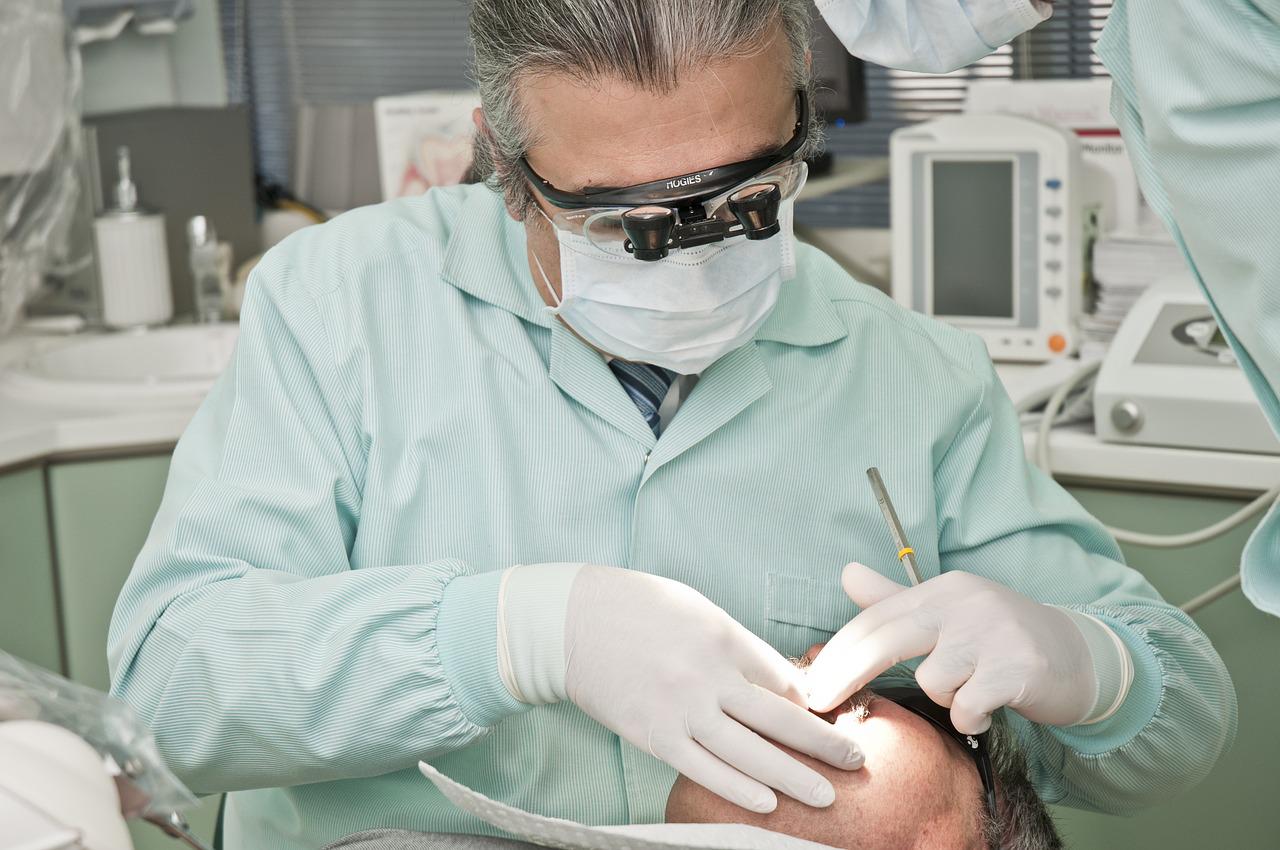
A root canal is frequently a painful and uncomfortable surgery, making it a daunting one. The healing process, however, might go considerably more smoothly than anticipated with the right aftercare and pain treatment. To facilitate a quicker and more comfortable healing process following a root canal procedure, this article will walk you through some useful pain management techniques.
Understanding the Root Canal Procedure
One typical dental operation used to save a tooth that is broken or infected is a root canal. The dentist cleans and disinfects the afflicted pulp of the tooth before inserting a stopper to prevent additional infections. Even though root canals are now less painful and more successful than in the past, soreness is a necessary side effect following the surgery.
Why Does Pain Occur After a Root Canal?
Since the tooth is no longer “alive” and the diseased tissue has been removed, some pain or discomfort may persist even after the procedure. This is primarily caused by the irritation or inflammation of the surrounding tissues. Other factors, such as pressure used during cleaning or the use of dental instruments, might also cause momentary discomfort.
How Long Does the Pain Last?
After a root canal, pain usually lasts anywhere from a few days to a week. Most persons have a 48-hour peak in discomfort followed by a gradual decline. Rarely, some people may feel sensitive or painful for a few weeks. It’s critical to see your dentist to rule out any issues if the discomfort gets worse or lasts longer than a week.
Tips to Manage Pain After a Root Canal
1. Follow Your Dentist’s Instructions
After a root canal, your dentist will provide you with thorough aftercare instructions. These guidelines are designed to help you heal quickly and avoid issues. Taking heed of these instructions and attending any prescribed follow-up appointments will ensure the best possible outcome for your recuperation.
2. Over-the-Counter Pain Relievers
Painkillers without a prescription, like acetaminophen or ibuprofen, are typically useful in treating root canal discomfort. These drugs aid in lowering discomfort and inflammation. But it’s crucial to take them as directed and not take more than the recommended amount. If necessary, your dentist may in certain circumstances recommend more potent painkillers for the first few days.
3. Apply a Cold Compress
On the exterior of your face, apply a cold compress to reduce swelling and numbness in the treated area. Every fifteen to twenty minutes, take a break and apply the cold compress. This method works effectively in the first 48 hours after the surgery, when swelling and inflammation are more likely to occur.
4. Maintain Good Oral Hygiene
Maintaining oral hygiene following a root canal is crucial to preventing infection. Brush and floss the treated area gently, being careful not to scratch any temporary fillings or crowns. Your dentist may suggest using saline solution or antibacterial mouthwash after brushing for the best possible cleanliness and healing.
5. Avoid Chewing on the Treated Side
It is crucial to keep pressure off the treated tooth in the initial days after a root canal treatment To avoid unnecessarily irritating your teeth, try chewing on the other side. After the permanent restoration (a crown, for example) is inserted, you can start chewing normally again. Eat only soft meals like smoothies, mashed potatoes, yogurt, and soups till then.
6. Elevate Your Head While Sleeping
By lowering blood flow to the injured area, elevating your head can help lessen pain and swelling. For the first few nights after treatment, think about sleeping with an additional pillow under your head. This easy modification can greatly reduce discomfort.
7. Stay Hydrated and Eat Soft Foods
Your mouth’s ability to heal can be greatly influenced by drinking lots of water and limiting your intake of soft, non-irritating meals. Steer clear of hot, crunchy, or spicy meals as they may irritate the area that has been treated. Consume a well-balanced diet consisting of readily digestible items such as cooked veggies, smoothies, and applesauce to make sure your body gets the nutrients it needs to heal.
8. Consider Using Salt Water Rinses
Rinsing your mouth with warm salt water will help maintain the region that has been treated clean and reduce inflammation. Seawater’s inherent healing qualities can ease pain and aid in the healing process. A gentle rinse should be performed two to three times a day, especially after meals, using warm, not hot, water.
When to Contact Your Dentist
Although pain management techniques may facilitate a more comfortable recovery, there are specific circumstances in which visiting your dentist is essential. Please don’t be afraid to ask for help if you experience any of the following:
- Severe pain lasting more than a week: If your pain persists or worsens over time, it could indicate an infection or other complication.
- Excessive swelling or fever: This could be a sign of infection, which may require antibiotics.
- Allergic reactions to medications: If you notice any unusual reactions to prescribed painkillers or antibiotics, inform your dentist immediately.
- Loose or damaged temporary filling: Sometimes, the temporary filling placed after a root canal can come loose or break. This should be addressed promptly to prevent further issues.
Conclusion
With the correct aftercare and pain management, even if a root canal may cause some discomfort at first, the healing process can be easier to manage. By following your dentist’s recommendations, taking over-the-counter pain medication, and making minor scheduling adjustments, you may ensure a smooth and speedy recovery. Do not wait to see your dentist if the discomfort persists or if problems arise. For further information about root canals and aftercare, make an appointment at Smiles of Frisco, where you may obtain competent dental treatments and individualized dental care.

